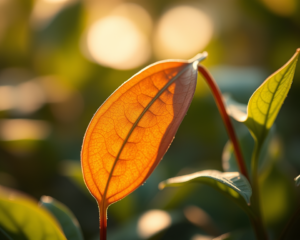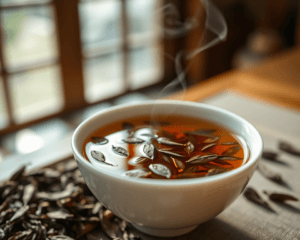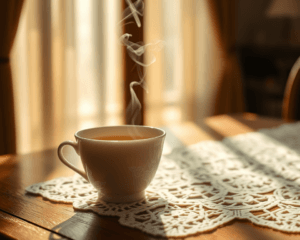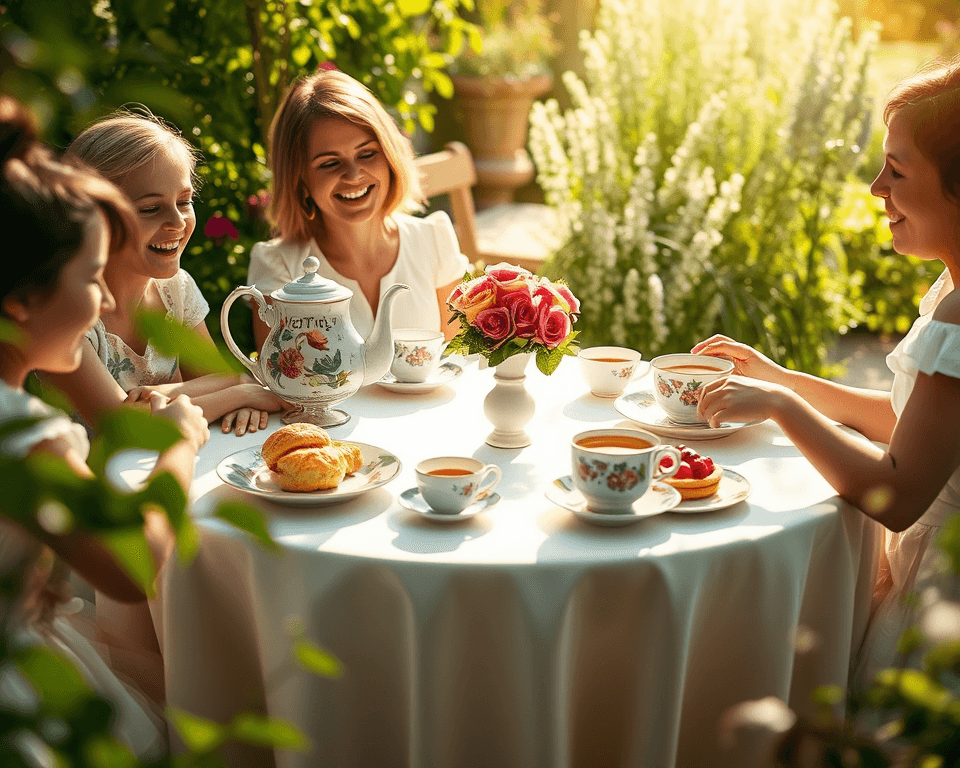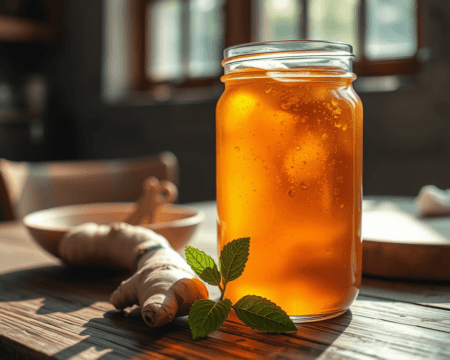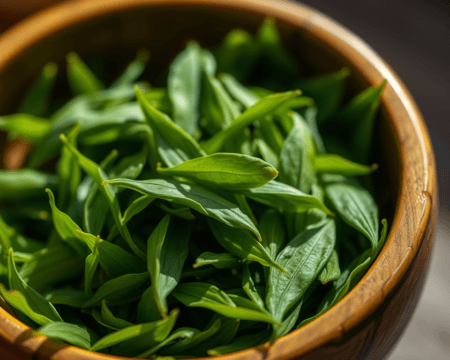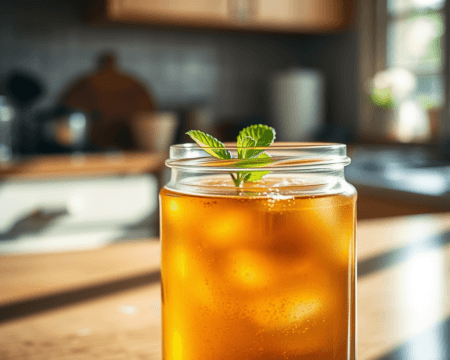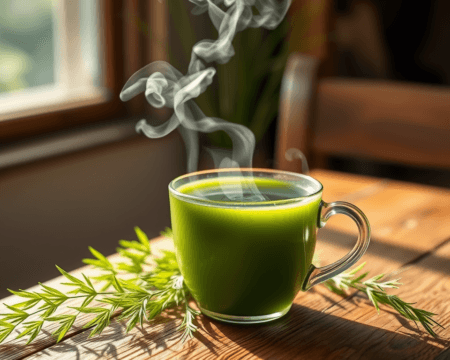When you think about hosting a tea party, what comes to mind? You might imagine delicate china, fresh scones, and perhaps a sprinkle of whimsy. The truth is, planning a tea party can be a blast, and let me tell you, it’s not just about sipping tea and nibbling on pastries. It’s an experience that blends culinary art, social bonding, and a touch of creativity. Ready to take the plunge? Let’s get this party brewing!
Key Takeaways:
- A tea party isn’t just about tea; it encompasses cultural traditions and personal flair.
- Knowing your audience will help you craft the perfect theme and menu.
- Decor and ambiance set your party apart and can be achieved on a budget.
- Etiquette isn’t just fancy rules; it’s about making sure everyone feels comfortable and included.
Understanding the Basics of a Tea Party
What Is a Tea Party?
A tea party is more than just a casual meet-up; it’s a social gathering where friends or family come together to enjoy afternoon tea, a British tradition that has spread worldwide. The roots of tea parties date back to the 17th century when Anna, the Duchess of Bedford, famously introduced this unique social event. Today, we host tea parties to celebrate occasions, catch up with friends, or simply enjoy a lovely afternoon.
If you want to make your tea party truly special, understanding its history and cultural significance adds layers of meaning. Whether you’re drawn to the gentle grace of a Japanese tea ceremony or the rich aromas of Moroccan mint tea, exploring different tea traditions can spark inspiration.
Cultural Variations in Tea Parties
Each culture brings its distinct flavor to tea parties. Take the Chinese tea culture, for example, where every detail of the tea-making process is meticulously observed, often accompanied by intricate tea customs. On the flip side, the English afternoon tea emphasizes lavish treats, including tea sandwiches, scones, and clotted cream. Learning about these cultural tea rituals not only enriches your knowledge but also gives you fresh ideas for crafting an unforgettable experience.
Imagine integrating a South American mate into your party—now that’s a conversation starter! Bringing in elements from various cultures can make your tea party truly unique and foster a sense of exploration among guests.
Planning Your Tea Party: A Step-by-Step Checklist
Creating a Preparation Checklist
Here’s the thing: to host a successful tea party, you need a concrete plan. Crafting a pre-party preparations checklist is essential. Think of it as your roadmap.
- Select a date and time: A weekend afternoon is ideal.
- Create a guest list: Aim for a manageable number—10 to 15 guests is great for mingling.
- Choose your tea: What’s your vibe? Classic black, herbal, or something exotic?
- Set the menu: Don’t just think tea—consider pairing it with scones and sandwiches.
- Prepare the decor: Pick your theme and gather materials.
- Send out invitations: Digital or printed, just make it personal.
Taking time to outline these critical steps will ensure you don’t miss any details.
Tips for Choosing a Venue
Where you host your tea party can make a world of difference. Will it be indoors, where you can control lighting and ambiance, or outdoors, adding a touch of nature? Factors like venue capacities and accessibility come into play. If you’re limited on space, your backyard or even a cozy living room can set the stage. But if you’re ready to go big, look for local venues that cater to events.
When selecting your venue, think about the overall atmosphere you want to create. A Victorian-style house can exude elegance, or perhaps a quaint café would suit a casual afternoon. Choose a place that aligns with your vision and resonates with your guests.
Crafting the Perfect Theme and Decor
Popular Themes for Tea Parties
Themes are where you can get real creative! A vintage tea party draws inspiration from yesteryears, while a garden tea party takes advantage of lush blooms. Whether it’s a whimsical tone bursting with color or a holiday-themed tea for seasonal charm, themes can elevate your gathering to new heights.
Utilize suggestions like a themed color palette (think soft pastels for that vintage vibe) and even bold floral arrangements that tie into your concept. This isn’t just decoration; it’s part of the experience you’re sharing with your friends.
Decoration Tips for Different Themes
Let’s get down to the brass tacks of decorating. You can create stunning visuals without breaking the bank. Consider repurposing items you already have at home. For instance, vintage teapots make for charming centerpieces, and mismatched china adds a quirky touch to your table settings. Floral arrangements—whether DIY or store-bought—can instantly brighten up the room.
When it comes to setting the mood, lighting is key. Fairy lights or candles can add warmth and intimacy, making your guests feel right at home. Incorporate textures and layers; think tablecloths, runner fabrics, and napkins that echo your theme. Don’t be afraid to let your personality shine through the decor; after all, that’s what will leave a lasting impression!
Delightful Recipes and Pairing Suggestions
Recipes for Scones and Sandwiches
What’s a tea party without scrumptious snacks? Perfectly baked scones can make or break your affair. Here’s a simple but classic scone recipe to get you started:
- Ingredients:
- 2 cups all-purpose flour
- 1/4 cup sugar
- 1 tbsp baking powder
- 1/2 tsp salt
- 1/2 cup unsalted butter, cubed
- 1/2 cup heavy cream
- Optional: add-ins like chocolate chips or dried fruit.
Mix the dry ingredients, cut in the butter, stir in the cream, and shape into a disc before cutting into triangles. Bake at 400°F for about 15-20 minutes or until golden. Serve with fresh clotted cream and jam for an authentic experience!
Pair this with tea sandwiches, which are essentially the perfect bite-sized goodies. Think cucumber with cream cheese, smoked salmon, or egg salad with a sprinkle of dill. Simple, classy, and oh-so-delicious. Play around with different flavors and make it your own!
Pairing Teas with Foods
Now, let’s talk about matchmaking: pairing your drinks with the right bites. A tea and food pairing guide can take your culinary adventure to the next level. For instance, if you’re serving a robust Earl Grey, its bold flavor will pair beautifully with rich sandwiches. On the sweeter side, herbal teas like chamomile complement lighter treats like scones and quick bites.
Remember, it’s all about balance. Consider the flavor profiles—fresh herbs with herbal teas, or something earthy with black tea. This attention to detail enhances the meal experience and leaves guests impressed.
Insights on Tea Etiquette
Understanding Tea Etiquette
Etiquette can feel intimidating, but don’t sweat it. Think about tea etiquette as necessary dining decorum rather than rigid rules. The fundamentals are simple: serve from the right, offer tea before food, and ensure that your guests feel comfortable. Understanding proper tea drinking manners can especially help those new to the tea experience feel at ease.
A good rule of thumb? Encourage conversation by facilitating connections among different guests. This isn’t a formal gala; it’s about enjoyment. Just remember the basics of traditional tea customs, and you’re ready to go.
Communicating with Guests
Engagement is where the magic happens. How you communicate can shape the atmosphere significantly. Warm, inviting invitations build excitement, while friendly interactions during the party foster bonds. If you see someone standing alone, be the host who introduces them to someone with common interests.
Create a comfortable environment by considering your guests’ preferences. Are they there for the tea, the company, or both? Ensuring everyone feels included is the hallmark of an excellent host. It’s less about prescribed etiquette and more about being gracious and mindful in creating a fun space.
Budget-Friendly Planning Options
Cost-Efficient Decor Ideas
I know what you’re thinking: how can I throw a stylish tea party without emptying my wallet? You’ve got to be strategic. Find inspiration for budget tea party decor in thrift stores, garage sales, or even your own attic. Lovely old china, mismatched teacups, or vintage table linens can add charm without the hefty price tag.
For added flair, consider DIY projects like hand-painted signs or flower arrangements from your garden. Nothing delights quite like homegrown blooms paired with a few snipped herbs for fragrance. The more personal touches, the better!
Sourcing Quality Ingredients on a Budget
Grocery shopping can drain your budget if you’re not careful. Keep an eye out for local vendors or farmers’ markets, where you can often discover seasonal ingredients at better prices. Fresh, in-season produce not only supports local businesses but also tastes incredible in your baked goods and snacks.
Check out affordable recipes for your gathering. Instead of extravagant meals, focus on simple yet tasty options, like the aforementioned scones and sandwiches. Keep your eyes peeled for bulk buying options; this strategy can help cut costs significantly, especially for dry goods like tea or flour.
There you have it—a comprehensive plan to kick off your tea party adventure! With attention to history, culture, and the art of hosting, your gathering is bound to be a smash hit. Remember, the most crucial ingredient is the joy shared among friends. So, set those tables, brew that tea, and enjoy every delightful bite!
Frequently Asked Questions
How can I choose the right theme for my tea party?
To select the ideal theme for your tea party, consider your guests’ interests, the season, and any cultural elements you want to incorporate. Popular themes range from vintage and floral to modern and minimalist. Aim for coherence in your decor and menu to create a memorable experience.
What type of tea should I serve?
When selecting tea, consider offering a variety that accommodates different tastes. Include classic options like black, green, and herbal teas. If possible, incorporate specialty blends or seasonal flavors to enhance the experience and reflect your chosen theme.
How can I decorate for a tea party on a budget?
You can create an inviting atmosphere on a budget by using items you already own, such as mismatched teacups or vintage tablecloths. Scour thrift stores for unique finds and use natural elements like flowers or greenery from your garden to add a personal touch without spending much.
What are some essential etiquette tips for a tea party?
Key etiquette tips include greeting guests warmly, ensuring everyone has a drink, and starting with casual conversation before transitioning to formal. Encourage guests to engage with each other and maintain a relaxed atmosphere, regardless of specific rules.
How can I make my tea party inclusive for all guests?
To ensure inclusivity, consider dietary restrictions and preferences by offering a variety of snacks and tea options, including caffeine-free and herbal choices. Create an open dialogue where guests feel comfortable discussing their needs and personalize your setup accordingly.
Is it necessary to have a formal dress code for a tea party?
A formal dress code isn’t mandatory for a tea party, but it can enhance the theme. You might suggest a suggested attire, such as “smart casual” or “garden party chic,” to set the tone or give guests the option to dress up for fun without pressure.
What types of food pair well with tea?
Tea pairs beautifully with a range of light snacks, such as finger sandwiches, scones, pastries, and fruit. Choose items that complement the type of tea being served; for instance, delicate pastries go well with floral teas, while robust black teas pair nicely with hearty sandwiches.
How can I create a cozy ambiance for my tea party?
To achieve a cozy atmosphere, focus on soft lighting, comfortable seating, and pleasant background music. Use a mix of textures in your decor, like cushions and throws, and arrange flowers or candles on the table to add warmth and invite conversation.
How long should a typical tea party last?
A typical tea party lasts about two to three hours, allowing enough time for guests to socialize, enjoy the tea, and savor the food. This timeframe encourages relaxed conversation and allows guests to mingle without feeling rushed.
